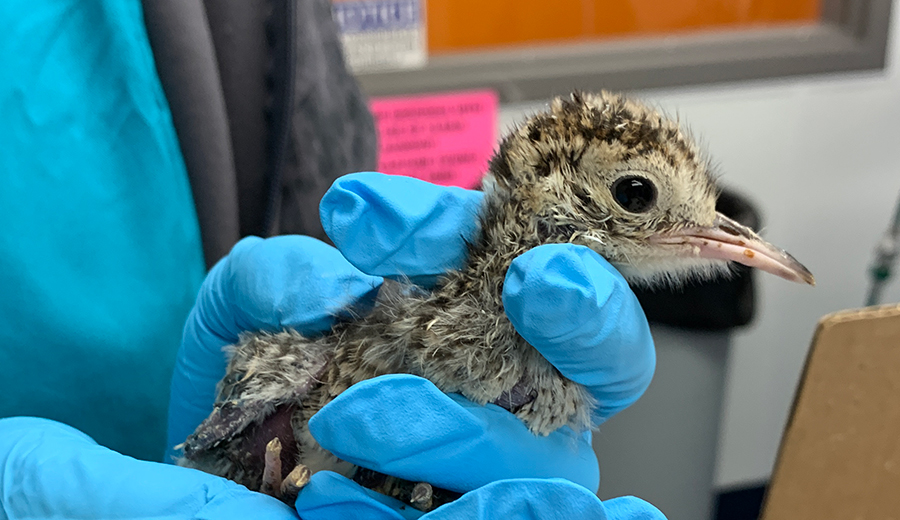To prevent xylitol toxicity, read labels
Of course you aren’t going to offer your dog a stick of sugar-free gum! But did you know that xylitol, a sugar alcohol that is toxic to dogs, can be found not only in many brands of gum but also in other household items, from toothpaste to peanut butter?
Dr. Tina Wismer, a veterinary toxicologist, is the medical director at the ASPCA Animal Poison Control Center in Urbana as well as an instructor at the University of Illinois College of Veterinary Medicine. She says xylitol is an inexpensive sugar substitute that has grown increasingly popular as manufacturers offer more “healthy” and low-carb products.
“Xylitol can be found in gums, breath mints, candies, tooth whiteners, chewable vitamins, peanut butter, toothpaste, and mouthwash,” says Dr. Wismer. “It even comes in a powder form for cooking.”
For people, cats, and other animals, xylitol is harmless. For dogs, it can be deadly.
Toxic Impact of Xylitol on Dogs
“When dogs eat this substance, it induces insulin secretion from the pancreas,” Dr. Wismer explains. This in turn causes a rapid lowering of blood sugar, which can be life-threatening, depending on the dose.
“Xylitol toxicity typically occurs within an hour of ingestion. The dog will show signs of lethargy, weakness, vomiting, tremors, and seizures,” Dr. Wismer says. If these signs are recognized, or if you see evidence that your dog may have ingested a product containing xylitol, call your veterinarian immediately.
Since xylitol can act quickly, Dr. Wismer emphasizes that ignoring the symptoms or waiting for them to subside could have fatal consequences.
“It is hard to determine exactly how much xylitol a dog has to ingest for it to be fatal,” Dr. Wismer says. “The amount of xylitol can vary based on the product and manufacturer.”
The size of the dog also plays a big role in the severity of the dog’s response. Xylitol consumption is much more concerning in smaller dogs, because the toxin will have a greater effect on a small body mass.
Prevent Poisoning, or Act Fast to Treat It
In order to treat a dog with xylitol toxicity, the veterinarian will administer dextrose intravenously. This is a sugar supplementation that will combat the dog’s low blood sugar.
If treated in time, the dog can return to normal within 24 to 48 hours.
As with so many health threats, prevention is the best policy.
“To prevent xylitol toxicity, read labels before you buy,” advises Dr. Wismer. “Knowledge is key. If you know which products contain xylitol, you know which ones to keep away from your dog.”
To learn more about common household products that are dangerous to pets, talk to your local veterinarian.
By Danielle Engel

![[dog on a purse - xylitol]](https://vetmed.illinois.edu/wp-content/uploads/2021/04/pc-xylitol-wismer.jpg)


